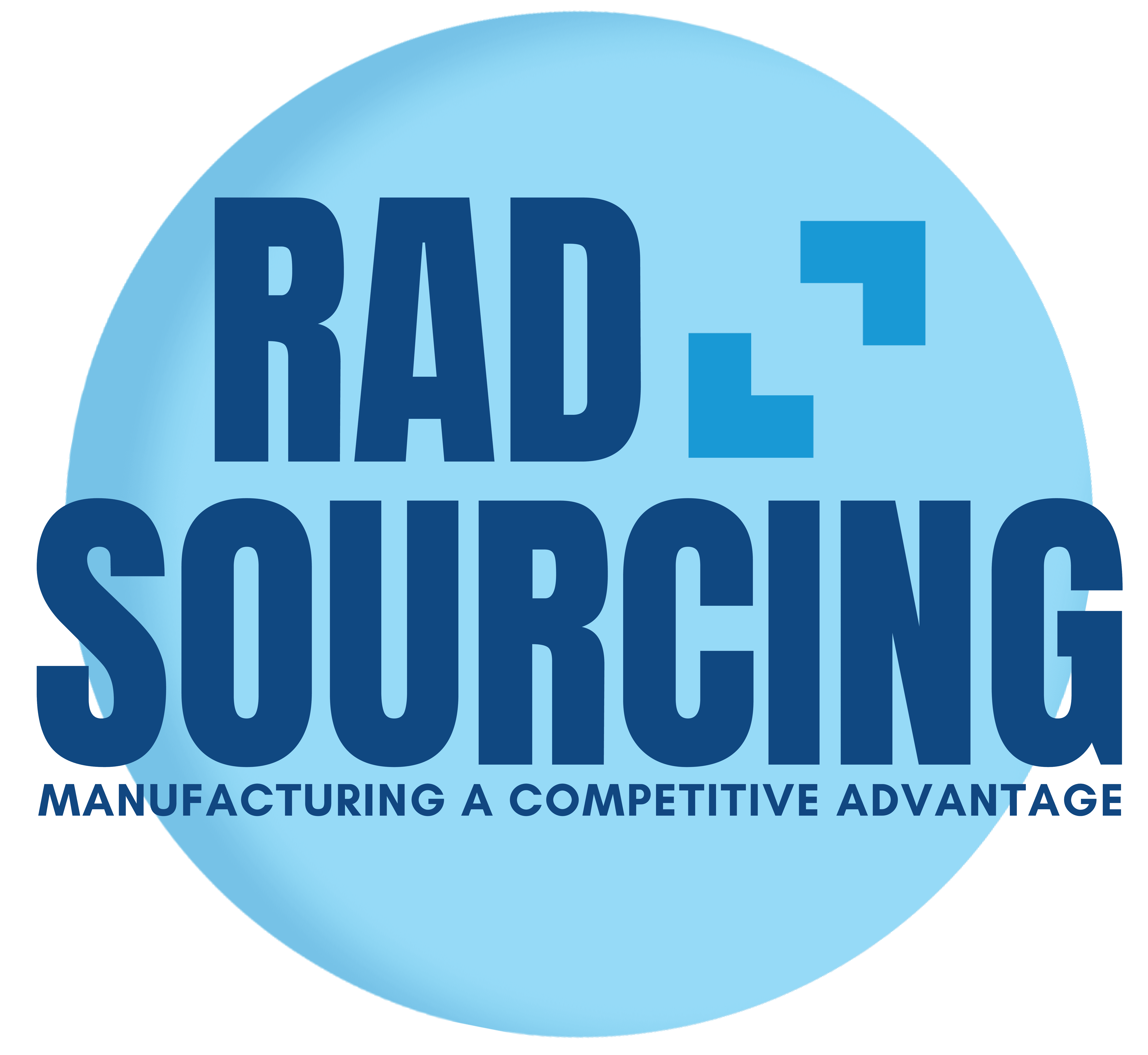Let’s dive into the future of sustainable fashion. It is not just about reducing harm but actively restoring ecosystems. This mission brings us to the rise of regenerative textiles.
While organic cotton and recycled fabrics have led the sustainability charge for years, a new movement is emerging: regenerative agriculture, which focuses on rebuilding soil health, increasing biodiversity, and sequestering carbon. When applied to textiles, this approach promises a game-changing shift in how we source raw materials for clothing.

Regenerative textiles come from fibers grown using regenerative agricultural practices, which aim to:
- Restore degraded soil
- Increase biodiversity
- Improve water retention
- Remove carbon from the atmosphere
Here are a few examples of regenerative textiles:
- Cotton from farms using cover cropping and no-till methods
- Wool from ranches with managed rotational grazing
- Bast fibers (like flax or hemp) are grown to improve soil quality
Why Should Apparel Brands Care?
First, there is potential to be carbon positive. Brands are under pressure to hit climate targets. Regenerative fibers offer an opportunity to sequester more carbon than they emit—something no recycled polyester can promise. A study by Fibershed found that one acre of regenerative fiber farming can sequester over 3 tons of CO₂ per year.
Next, stronger storytelling. Consumers are increasingly skeptical of vague claims like “sustainable” or “eco-friendly.” Regenerative agriculture tells a deeper, more credible story that aligns with the values of healing the planet.
Here is a real-world example: Patagonia’s “Regenerative Organic Certified Cotton” program reshapes supply chains with verifiable impact and storytelling power.
Third, sourcing transparency. Regenerative fibers are often traceable to the farm level, giving your brand a transparent chain of custody—a significant benefit in an era of growing scrutiny.

So, what about the challenges?
While promising, regenerative sourcing isn’t plug-and-play because:
- Limited supply: Regenerative fibers are still niche and harder to find at scale.
- Higher cost: Expect a premium for verified practices and small-batch fiber.
- Certification confusion: Various labels exist (ROC, RegenAG, etc.), but no single global standard yet.
Here is how to start using regenerative textiles. Start small. Add a regenerative capsule collection or pilot product line. Tell the whole story. Highlight farm partners, soil health benefits, and carbon offsets. Also, partner with experts; work with suppliers, certifiers, and consultants familiar with regenerative sourcing. Be sure to educate your team. Ensure design, sourcing, and marketing teams understand the value and limitations of regenerative fiber use.
Regenerative textiles don’t just create beautiful products—they’re part of a broader movement to restore the Earth. Regenerative fibers offer a compelling path forward for brands ready to go beyond greenwashing and toward genuine impact.
Need help sourcing regenerative materials?
Rad Sourcing can connect you to early-stage regenerative farms and fiber innovators. Reach out today at radsourcing.com. Thank you for watching!
Regenerative Agriculture: The Future of Sustainable Farming – Tellspec. https://tellspec.com/2024/08/regenerative-agriculture-the-future-of-sustainable-farming/
